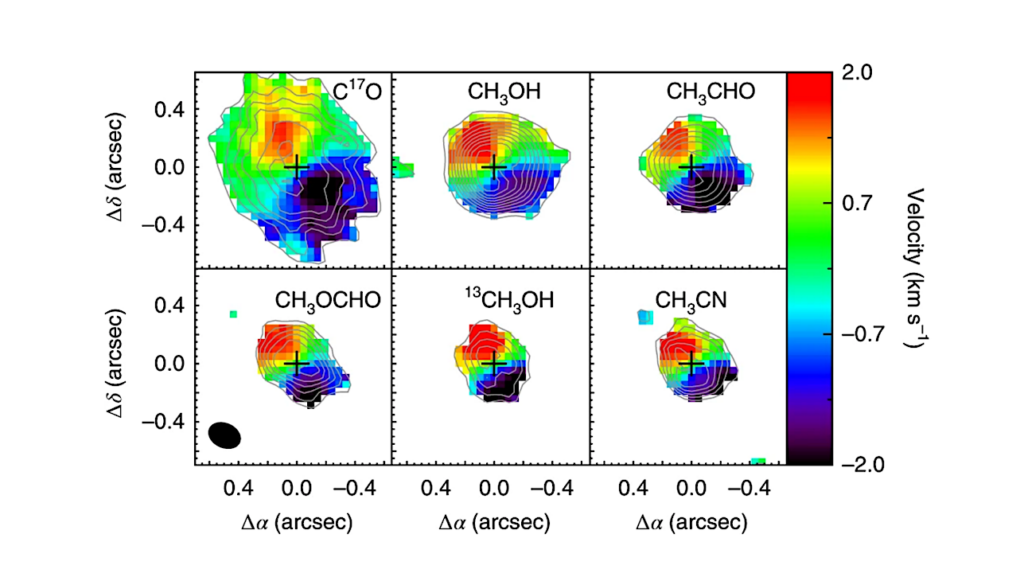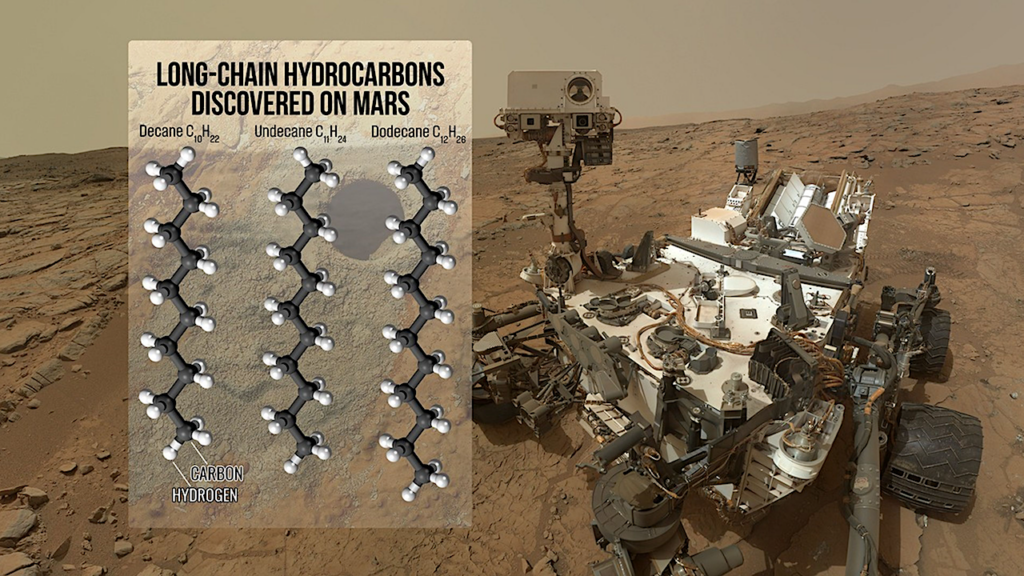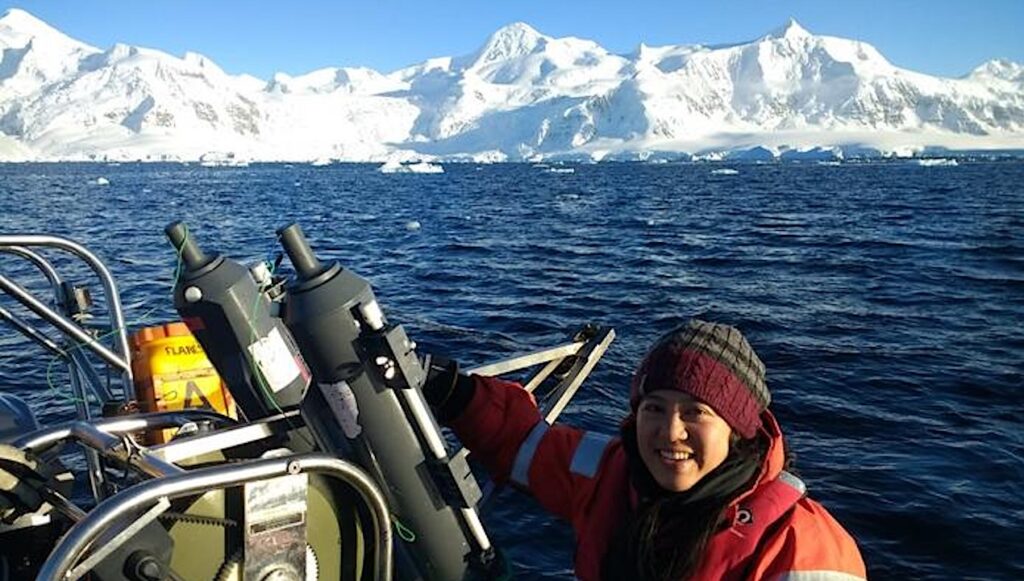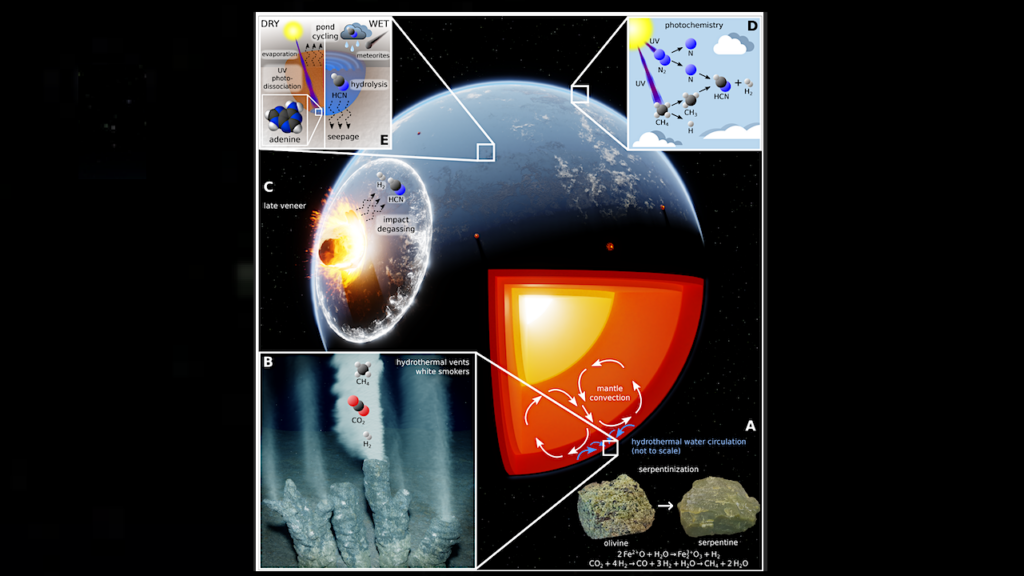Reconstructed Ancient Nitrogenases Suggest Mo-specific Ancestry

The nitrogenase metalloenzyme family, essential for supplying fixed nitrogen to the biosphere, is one of life’s key biogeochemical innovations.
The three isozymes of nitrogenase differ in their metal dependence, each binding either a FeMo-, FeV-, or FeFe-cofactor for the reduction of nitrogen. The history of nitrogenase metal dependence has been of particular interest due to the possible implication that ancient marine metal availabilities have significantly constrained nitrogenase evolution over geologic time.
Here, we combine phylogenetics and ancestral sequence reconstruction — a method by which inferred, historical protein sequence information can be linked to functional molecular properties — to reconstruct the metal dependence of ancient nitrogenases. Inferred ancestral nitrogenase sequences at the deepest nodes of the phylogeny suggest that ancient nitrogenases were Mo-dependent.
We find that active-site sequence identity can reliably distinguish extant Mo-nitrogenases from V- and Fe-nitrogenases, as opposed to modeled active-site structural features that cannot be used to reliably classify nitrogenases of unknown metal dependence. Taxa represented by early-branching nitrogenase lineages lack one or more biosynthetic nifE and nifN genes that are necessary for assembly of the FeMo-cofactor, suggesting that early Mo-dependent nitrogenases may have utilized an alternate pathway for Mo- usage predating the FeMo-cofactor. Our results underscore the profound impacts that protein-level innovations likely had on shaping global biogeochemical cycles throughout Precambrian, in contrast to organism-level innovations which characterize Phanerozoic eon.
Amanda K. Garcia, Hanon McShea, Bryan Kolaczkowski, Betül Kaçar
doi: https://doi.org/10.1101/714469
https://www.biorxiv.org/content/10.1101/714469v1
Astrobiology, genomics








